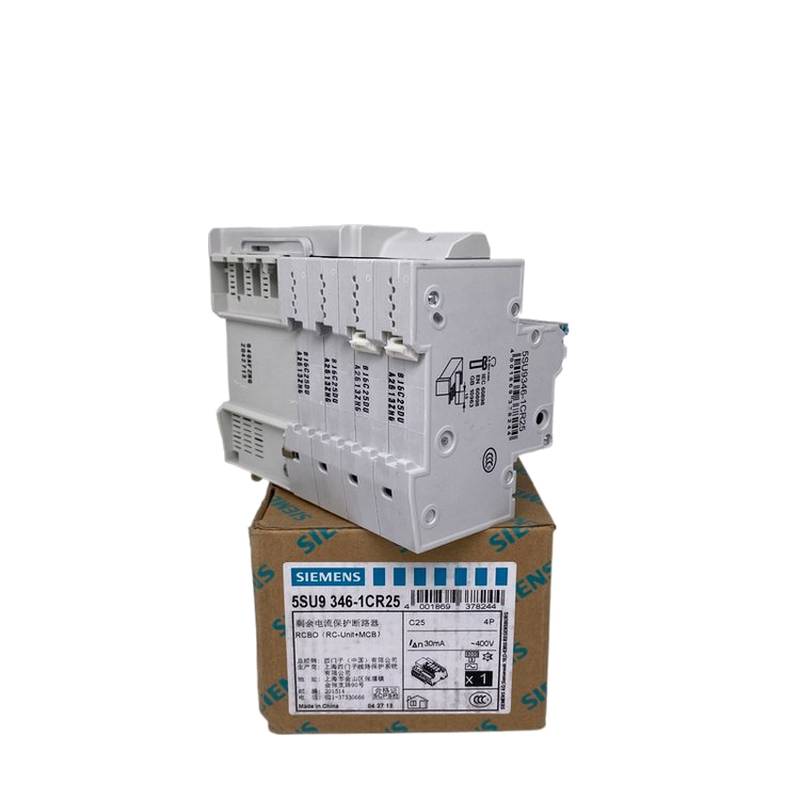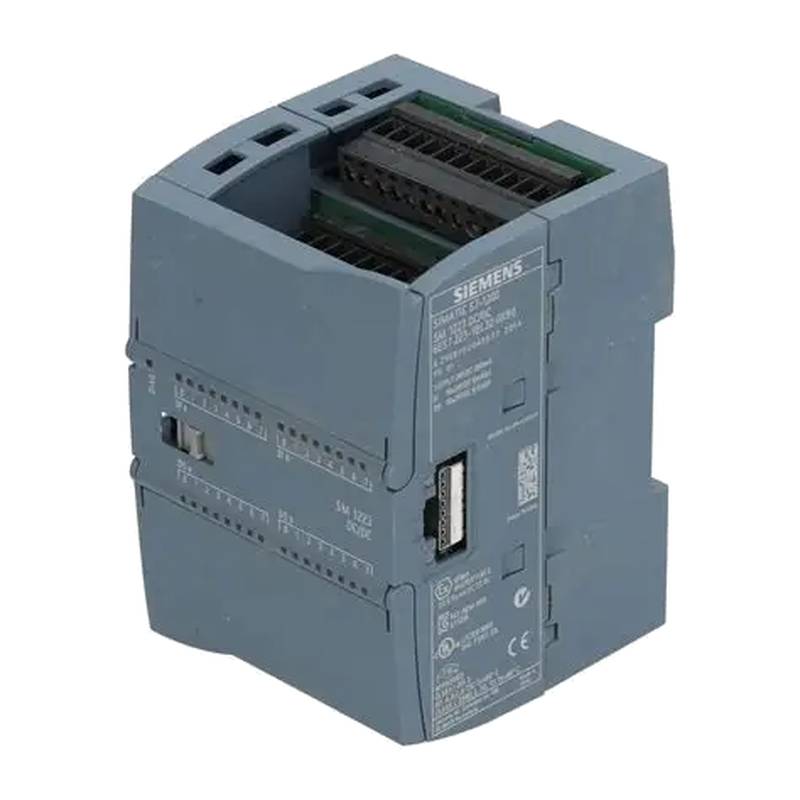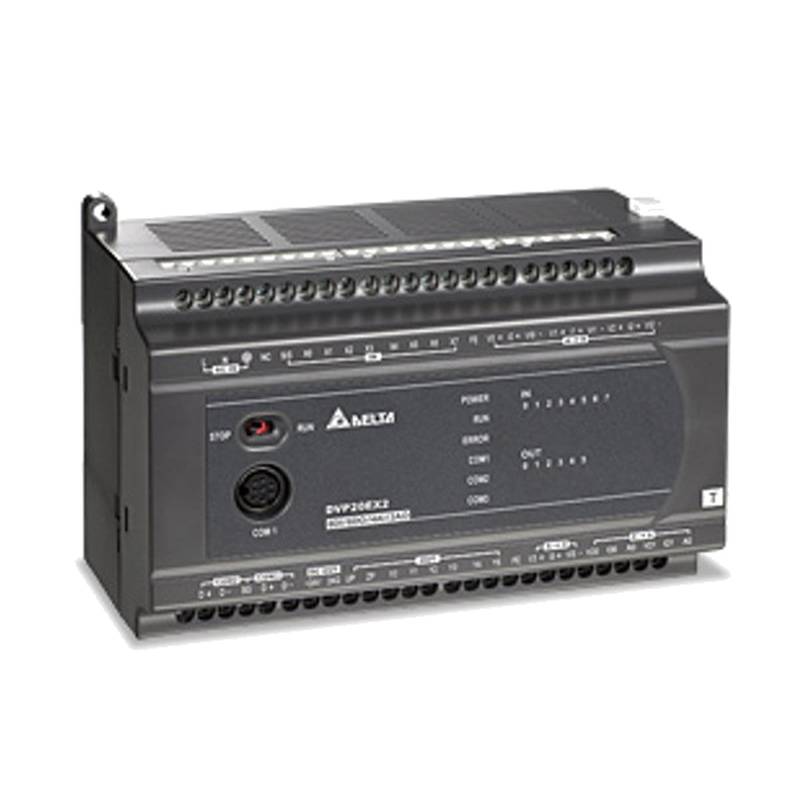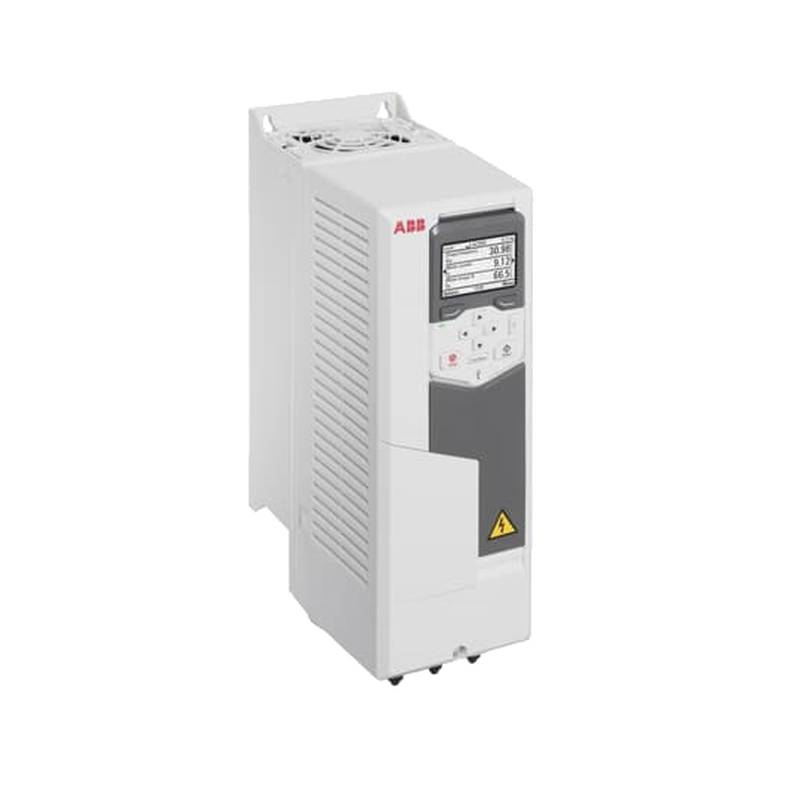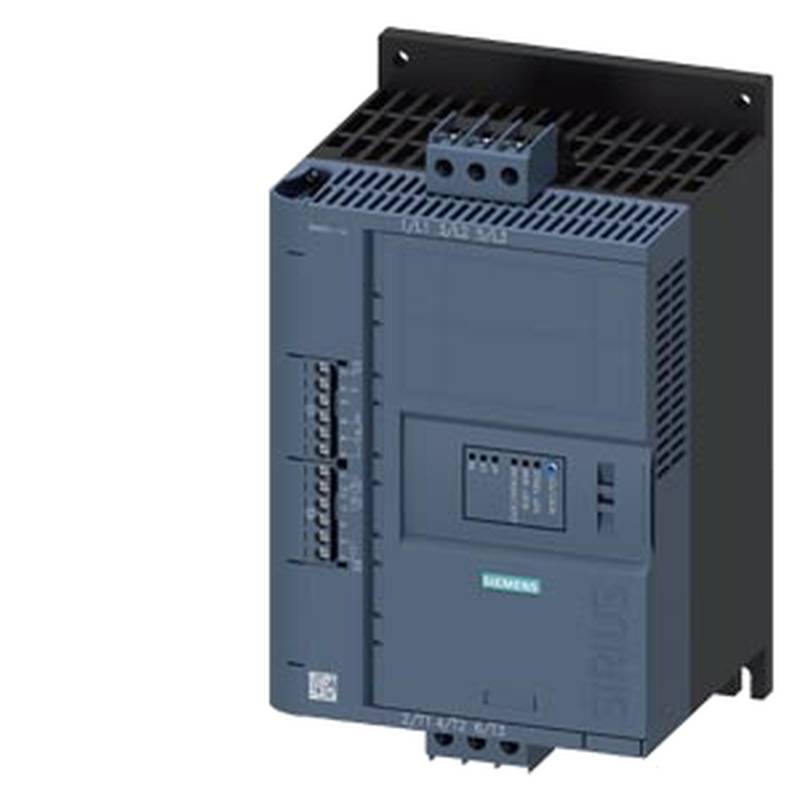
The Siemens 5SU9346-1CN16 Universal RCBO stands as a critical component in modern electrical protection systems, offering a robust combination of overcurrent and residual current protection in a single, compact device. This 4-pole, Type C curve RCBO is rated for 16A and a 30mA tripping current, making it exceptionally well-suited for demanding industrial and commercial applications where safety and reliability are paramount. Its universal design simplifies inventory and installation, reducing complexity and potential errors. Key advantages include enhanced safety through rapid fault detection, compliance with stringent international standards, and space-saving integration within switchboards. The 5SU9346-1CN16 ensures comprehensive protection against electrical shocks, fire hazards caused by earth faults, and overloads, safeguarding both personnel and sensitive equipment.
Siemens 5SU9346-1CN16: Comprehensive Product Specifications
| Parameter | Specification |
| :-------------------------- | :-------------------------------------------- |
| Product Type | Residual Current Operated Circuit Breaker |
| Manufacturer | Siemens |
| Model Number | 5SU9346-1CN16 |
| Number of Poles | 4 |
| Rated Current (In) | 16 A |
| Tripping Sensitivity (IΔn) | 30 mA |
| Trip Curve | C |
| Rated Voltage (Un) | 400 V AC |
| Frequency | 50/60 Hz |
| Breaking Capacity (Icn) | 6 kA |
| Protection Type | Overcurrent and Residual Current |
| Mounting Type | DIN Rail |
| Terminal Type | Screw Terminals |
| Degree of Protection | IP20 |
| Ambient Temperature Range | -25 °C to +45 °C |
| Standards Compliance | IEC/EN 61009-1, IEC/EN 60898-1, IEC/EN 60947-2 |
Core Features & Market Positioning
The Siemens 5SU9346-1CN16 distinguishes itself through its advanced universal design, which streamlines electrical installations by combining the functions of a miniature circuit breaker (MCB) and a residual current device (RCD) into a single unit. This integration not only saves valuable space within distribution boards but also simplifies wiring and reduces the potential for installation errors, a significant advantage in fast-paced industrial environments. The Type C tripping characteristic ensures that the device can handle inrush currents typically associated with inductive loads, such as motors, without nuisance tripping, while still providing sensitive protection against earth faults. Siemens' reputation for engineering excellence and robust product reliability positions this RCBO as a premium choice for applications demanding uncompromising safety and performance. Its adherence to multiple international standards underscores its suitability for global projects and diverse regulatory requirements.
Key Application Scenarios
This Siemens 4-pole RCBO is ideally suited for protecting individual circuits in industrial facilities, commercial buildings, and demanding residential installations. Its 16A rating and 30mA sensitivity make it perfect for safeguarding equipment such as motors, pumps, HVAC systems, and lighting circuits where both overload and earth fault protection are critical. In environments with high levels of electrical noise or frequent motor starts, the Type C curve ensures stable operation. It is frequently specified for use in control panels, machine tools, and power distribution units where a single device can provide comprehensive protection for a group of loads. The 4-pole configuration is essential for three-phase power distribution systems, offering simultaneous protection across all live conductors and the neutral.
Practical System Integration Guidance
Integrating the Siemens 5SU9346-1CN16 into existing or new electrical systems is straightforward due to its standard DIN rail mounting and user-friendly screw terminals. For a 4-pole installation on a three-phase system, connect the incoming power supply lines (L1, L2, L3, and N) to the designated input terminals, ensuring correct phase rotation. Output terminals should then be connected to the outgoing circuit conductors, maintaining the phase sequence. It is crucial to ensure the incoming neutral conductor is properly connected to the neutral terminal of the RCBO to enable residual current detection. Always verify that the system's earth bonding is intact and connected to the main earthing terminal. Before energizing, a thorough visual inspection and insulation resistance test are recommended.
Operation and Risk Mitigation
The Siemens 5SU9346-1CN16 operates by continuously monitoring the current flowing through its live conductors. If an imbalance occurs, indicative of a residual current (earth fault), the device rapidly trips, disconnecting the circuit and preventing electric shock or fire hazards. The integrated overload protection, governed by the Type C curve, trips when current exceeds the rated 16A for a sustained period, protecting equipment from damage. In the event of a fault, the operating status is clearly indicated by the toggle position. Troubleshooting typically involves identifying the cause of the residual current or overload; if the RCBO trips repeatedly, a thorough inspection of the protected circuit and connected appliances is necessary. False tripping can sometimes occur due to transient surges or high capacitive loads, but persistent issues point to a genuine fault condition requiring professional diagnosis.
Scalability & Long-Term Value
The modular design of Siemens' protection devices, including the 5SU9346-1CN16 RCBO, ensures excellent compatibility with other components within the Siemens SENTRON range and compliant switchboard systems. This inherent compatibility facilitates future system expansion or upgrades, allowing for the seamless addition of more circuits or advanced protection modules as needs evolve. While this specific RCBO is a highly integrated solution, its presence within a broader Siemens ecosystem allows for potential integration with future digital monitoring and diagnostic tools, aligning with the growing trend towards IIoT and smart building technologies, thereby enhancing long-term operational efficiency and predictive maintenance capabilities.
Frequently Asked Questions (FAQs)
What is the primary function of the Siemens 5SU9346-1CN16 RCBO?
This device provides combined overcurrent and residual current protection. It safeguards against electrical overloads and short circuits. It also offers crucial protection against dangerous earth faults.
It ensures personal safety by rapidly disconnecting power. This prevents electric shocks and potential fires. It is designed for demanding industrial and commercial use.
The 5SU9346-1CN16 combines two protective functions in one unit. This saves space and simplifies installation in switchboards.
Can the Siemens 5SU9346-1CN16 be used for single-phase applications?
No, this specific model is a 4-pole device. It is designed for three-phase power systems. It protects all live conductors and the neutral.
Using a 4-pole device on a single-phase system is generally not recommended. It would lead to unnecessary complexity and potential misconfiguration.
For single-phase protection, a 2-pole RCBO is the appropriate choice. Always select devices matching the system's phase configuration.
What does the "C" in 5SU9346-1CN16 signify regarding its tripping curve?
The "C" denotes a Type C tripping curve. This characteristic is designed for circuits with moderate inrush currents. It is common with inductive loads like motors.
Type C breakers allow for higher temporary overcurrents before tripping. This prevents nuisance tripping during motor start-ups. It offers protection against short circuits.
Compared to Type B, Type C has a tripping range typically 5-10 times its rated current. This makes it suitable for a wider range of industrial equipment.
What is the significance of the 30mA tripping current (IΔn)?
A 30mA tripping sensitivity is considered high sensitivity protection. It is crucial for personal safety against electric shock. It can detect even small leakage currents.
This level of sensitivity is often a regulatory requirement for socket outlets. It helps prevent electrocution by quickly disconnecting power. It protects against severe shocks.
It is important to note that 30mA is not sufficient to protect equipment from all types of faults. For equipment protection, higher rated residual currents might be considered if applicable and permitted.
How does the 4-pole configuration benefit a three-phase system?
A 4-pole RCBO provides protection across all four conductors in a three-phase system. This includes the three live phases and the neutral. It ensures comprehensive circuit protection.
This simultaneous disconnection of all conductors is vital for safety. It prevents dangerous neutral currents from flowing during fault conditions. It is standard for three-phase distribution.
The 4-pole design ensures that the neutral conductor is also disconnected. This is important for safety, especially when dealing with balanced loads or potential neutral conductor issues.
What is the breaking capacity (Icn) of the Siemens 5SU9346-1CN16, and why is it important?
The 5SU9346-1CN16 has a breaking capacity of 6 kA. This indicates the maximum fault current it can safely interrupt. It is a critical safety parameter.
A higher breaking capacity means the device can handle more severe short circuits. This prevents catastrophic failure of the RCBO. It protects the entire electrical installation.
Ensuring the breaking capacity exceeds the prospective fault current at the installation point is essential. This information is typically found in an electrical design or site survey.
What types of loads are best protected by the Siemens 5SU9346-1CN16?
This RCBO is ideal for protecting circuits with inductive loads. These include motors, pumps, and transformers. The Type C curve handles their inrush currents.
It is also suitable for general-purpose power distribution circuits. This includes lighting, heating elements, and socket outlets. It provides both overload and earth fault protection.
The 16A rating makes it appropriate for circuits with moderate power demands. Always ensure the load current does not exceed the RCBO's rating.
How does this RCBO contribute to fire prevention?
Residual current detection is key to fire prevention. Earth faults can cause arcing and overheating. This can ignite surrounding materials.
By rapidly tripping on a residual current, the RCBO interrupts the fault. This eliminates the heat source and prevents a potential fire. It addresses a common cause of electrical fires.
Overload protection also prevents fires. Overloaded cables can overheat, leading to insulation breakdown and fires. The RCBO's overcurrent protection mitigates this risk.
Is the Siemens 5SU9346-1CN16 compatible with other brands' switchgear?
While it mounts on a standard DIN rail, full compatibility is best with Siemens' own switchgear. This ensures optimal fit and performance. Mixing brands can sometimes pose issues.
Siemens designs its components to work seamlessly within their SENTRON system. This offers a robust and reliable integrated solution. It simplifies planning and installation.
For critical applications, it is always advisable to use components from a single, reputable manufacturer for guaranteed interoperability and performance.
What are the typical troubleshooting steps if the 5SU9346-1CN16 trips frequently?
First, identify if it trips on overload or residual current. Check the connected load's current draw against the 16A rating. Ensure it's not consistently exceeding this limit.
If it trips on residual current (earth fault), inspect the wiring and connected appliances. Look for damaged insulation, loose connections, or faulty equipment. Test individual circuit components.
Persistent tripping, even with no apparent fault, may indicate an internal issue with the RCBO or a complex grounding problem. Professional diagnosis by a qualified electrician is recommended in such cases.














